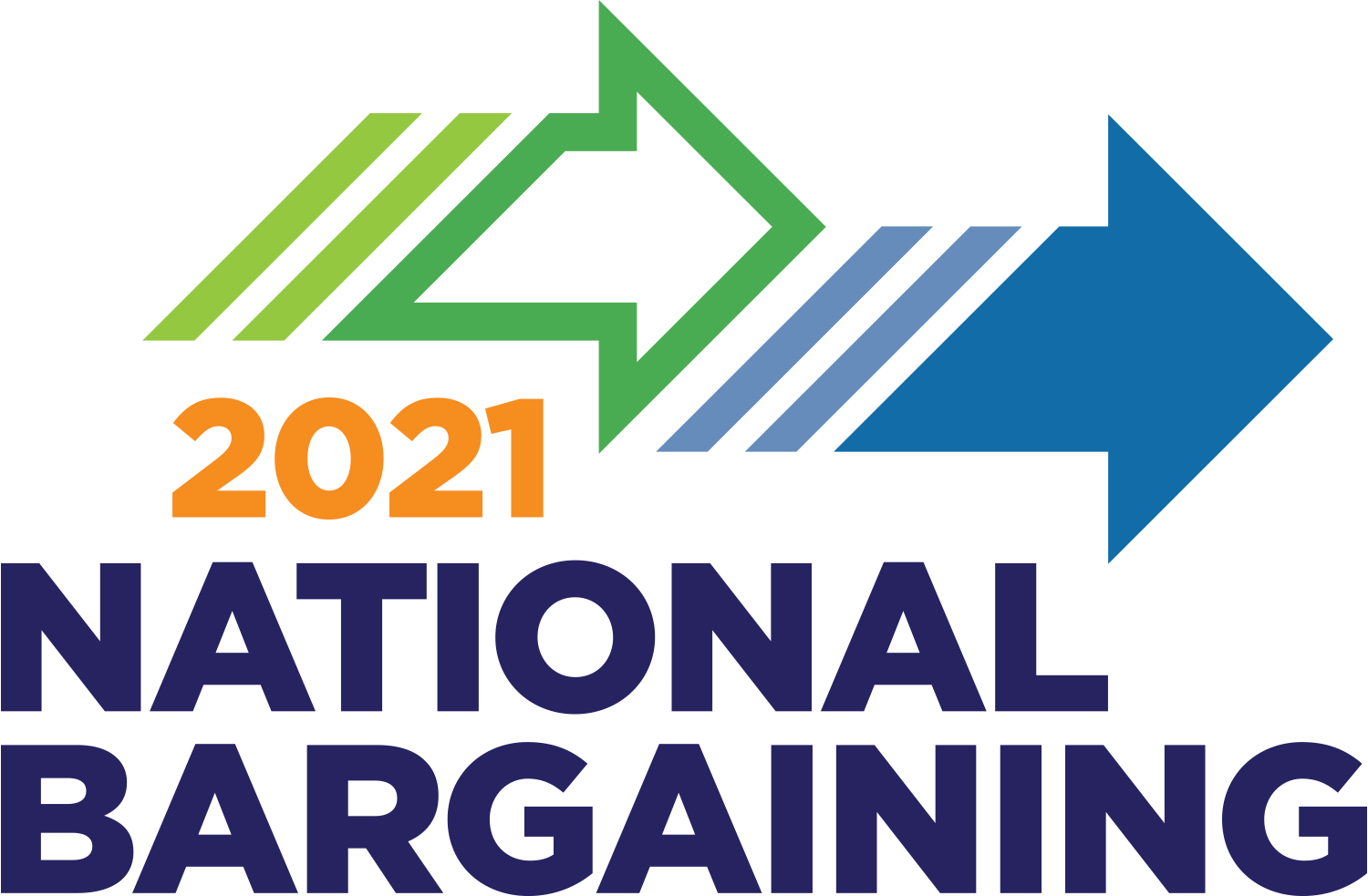HANK Fall 2012
Solving the Sponsorship Bind
High-performing teams deliver better results. Figure out how to get teams the sponsorship they need
It’s hardly a secret that sponsors are critical to a unit-based team’s performance. Look at any high-performing team, and you’re likely to find an engaged sponsor. The link is so fundamental that teams can’t be rated at Level 4 or 5 on the Path to Performance without sponsors.
That leaves teams with a Catch-22, however, because they can’t control whether they have sponsors or how effective those sponsors are.
Paradoxically, despite the clear links between sponsorship, high-performing teams and results, sponsorship has not received as much attention as other areas in the partnership structure.
“We have had a plan for team development but not a plan for sponsorship,” says John August, the executive director of the Coalition of Kaiser Permanente Unions. But that, he says, is changing with the 2012 National Agreement, which took effect Oct. 1.
The agreement outlines prescriptive measures to strengthen sponsorship organization-wide, mandating that “sponsors will receive more comprehensive support to be effective in their role.”
As a first step, the Office of Labor Management Partnership conducted a study this summer that surveyed more than 8,700 co-leads, sponsors and UBT consultants and included focus groups and dozens of one-on-one interviews.
“This is a great opportunity to impact sponsorship,” says Janet Coffman, the coalition’s director of education and transformation. “Sponsorship can feel so far away when it’s ineffective, but when it works well, it can be the key to UBTs’ success.”
The preliminary results give credence to the anecdotal, recurring complaints about sponsorship. The frequently expressed concerns documented by the study include:
- Multiple and inconsistent training for sponsors.
- Limited leadership development training, tools and resources.
- Poor comprehension and inconsistent use of tools and processes.
- Inconsistent engagement and oversight of sponsors by executive management, physician and labor leaders.
- Few opportunities for sponsor-to-sponsor sharing and networking.
- Limited resources available to assist in addressing complex UBT issues.
- Lack of an organizational plan and commitment to develop UBT sponsorship as a business strategy across management, physician and labor groups.
- Perception of insufficient funds and staffing allocated to sponsorship work.
Sponsorship can feel so far away when it’s ineffective, but when it works well, it can be the key to UBTs’ success.
The preliminary report also offers recommendations ranging from integrating sponsor development into leadership development and establishing networks for peer-to-peer coaching. Other suggestions include establishing common standards and measures for sponsor performance and accountability, assessing skills and knowledge gaps, holding “successful sponsor” town hall presentations, and creating a sponsorship mentoring program to link sponsors across team levels and roles.
The study’s findings and recommendations got a positive reception when they were presented to the regional presidents and Bernard Tyson, KP’s president and chief operating officer, at an October meeting.
“We emphasized that while we have made good progress…we’ve now moved to a different standard, which is moving to high performance,” says Donna Lynne, a group president of Kaiser Foundation Health Plan/Hospitals and president of the Colorado region, who presented the findings with August. “Sponsorship is part of the pathway to get teams to Level 4 and 5. We said, ‘You have an obligation as senior leaders…(to) make sure there’s adequate sponsorship below you.’”
In addition, Lynne says, “Since UBTs allow frontline workers to be involved in how we meet strategic goals, part of the sponsorship conversation is, how can people at the front line have sponsorship roles?”
The study’s recommendations are still are being reviewed, so it remains to be seen which will become action items.
But the problem is clearly in the limelight now.
